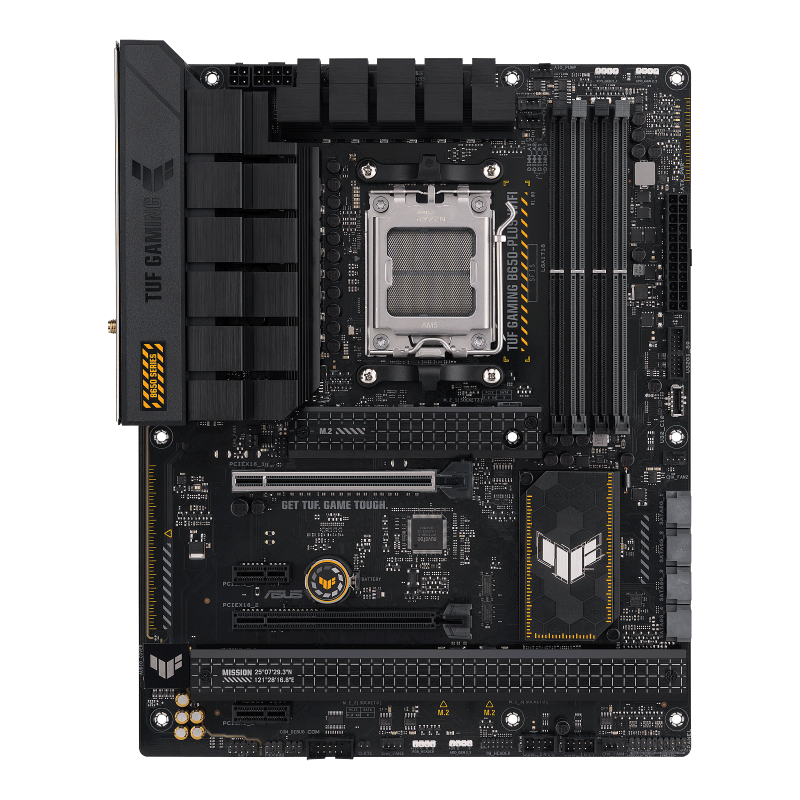When building or upgrading a computer, one of the most critical components to consider is the Motherboard. Often referred to as the backbone of a PC, it serves as the central hub where all hardware components connect and communicate. Despite being less glamorous than a graphics card or processor, the motherboard dictates compatibility, performance potential, and system longevity. Understanding its role can help users make better decisions when building a reliable and efficient computer system.
What is a Motherboard?
A motherboard is a large printed circuit board (PCB) that connects the CPU, memory (RAM), storage devices, power supply, and peripheral components. It provides communication pathways through buses, chipsets, and sockets, ensuring that every part of the system works together seamlessly. Without a motherboard, the computer cannot function, as there would be no medium for the components to interact.
Core Functions of a Motherboard
- Component Connectivity
The motherboard houses slots and ports for RAM, CPU, GPU, storage devices, and expansion cards. This layout allows all parts to work in unison. - Power Distribution
It regulates and distributes power from the PSU (Power Supply Unit) to every connected component, ensuring safe operation. - Data Communication
The chipset on the motherboard manages data transfer between the CPU, RAM, storage, and peripherals, determining how quickly information flows. - BIOS/UEFI Management
The BIOS or UEFI software embedded in the motherboard controls hardware initialization and provides system configuration options.
Types of Motherboards
Motherboards are categorized based on their form factor and intended use.
- ATX: Standard size with multiple expansion slots; popular for gaming and high-performance PCs.
- Micro-ATX: A smaller version of ATX with fewer slots, ideal for budget or compact builds.
- Mini-ITX: Extremely compact, perfect for small form factor PCs where space is a priority.
- E-ATX: Larger than ATX, designed for workstations and enthusiast builds with extra slots and features.
Factors to Consider When Choosing a Motherboard
- Processor Compatibility
The CPU socket type (Intel LGA or AMD AM series) must match the processor. - Chipset Capabilities
Different chipsets support varying features like overclocking, faster memory speeds, or additional PCIe lanes. - Expansion Options
Availability of PCIe slots, M.2 connectors, and SATA ports affects how much you can expand storage or add graphics cards. - Connectivity Features
Consider USB ports, Wi-Fi support, Bluetooth, and Ethernet speeds depending on your needs. - Future-Proofing
Opting for a motherboard that supports the latest standards (DDR5, PCIe 5.0) ensures longer usability.
The Impact of Motherboards on Performance
While motherboards do not directly increase performance, they determine the extent to which hardware can operate. For instance:
- Overclocking requires a compatible chipset and quality power delivery.
- Faster RAM speeds are supported only on certain motherboards.
- PCIe generation support impacts how efficiently GPUs and SSDs perform.
Thus, investing in a suitable motherboard helps unlock the full potential of the CPU, GPU, and storage devices.
Motherboard Trends in 2025
The world of motherboards is evolving quickly. In 2025, several trends stand out:
- DDR5 Memory Adoption: Offering higher bandwidth and efficiency over DDR4.
- PCIe 5.0: Allowing blazing-fast data transfer rates for GPUs and SSDs.
- AI-Assisted BIOS Features: Simplifying system optimization with automated performance tuning.
- Improved Power Efficiency: New designs reduce energy consumption, aligning with global sustainability goals.
- Integrated Wi-Fi 7: Faster, more stable wireless connectivity for modern workloads.
Common Misconceptions About Motherboards
- “All motherboards are the same.”
False—different boards have unique chipsets, form factors, and features that greatly affect compatibility. - “Expensive motherboards always perform better.”
Price doesn’t equal performance; it often reflects additional features rather than raw computing power. - “The motherboard directly boosts FPS in games.”
It doesn’t. Instead, it supports the GPU and CPU to deliver optimal performance.
Maintenance Tips for a Long-Lasting Motherboard
- Keep your PC dust-free with regular cleaning.
- Ensure proper cooling to prevent overheating.
- Update BIOS/UEFI for stability and compatibility improvements.
- Avoid electrical surges by using a quality power supply or UPS.
Final Thoughts
Motherboards may not get the spotlight like processors or graphics cards, but they play a pivotal role in the foundation of modern computing. Whether you are building a gaming PC, workstation, or everyday computer, choosing the right motherboard ensures stability, efficiency, and upgradability for years to come. For anyone in Pakistan looking to explore or purchase the right hardware, qbit provides a wide range of reliable computing components to suit different needs.

